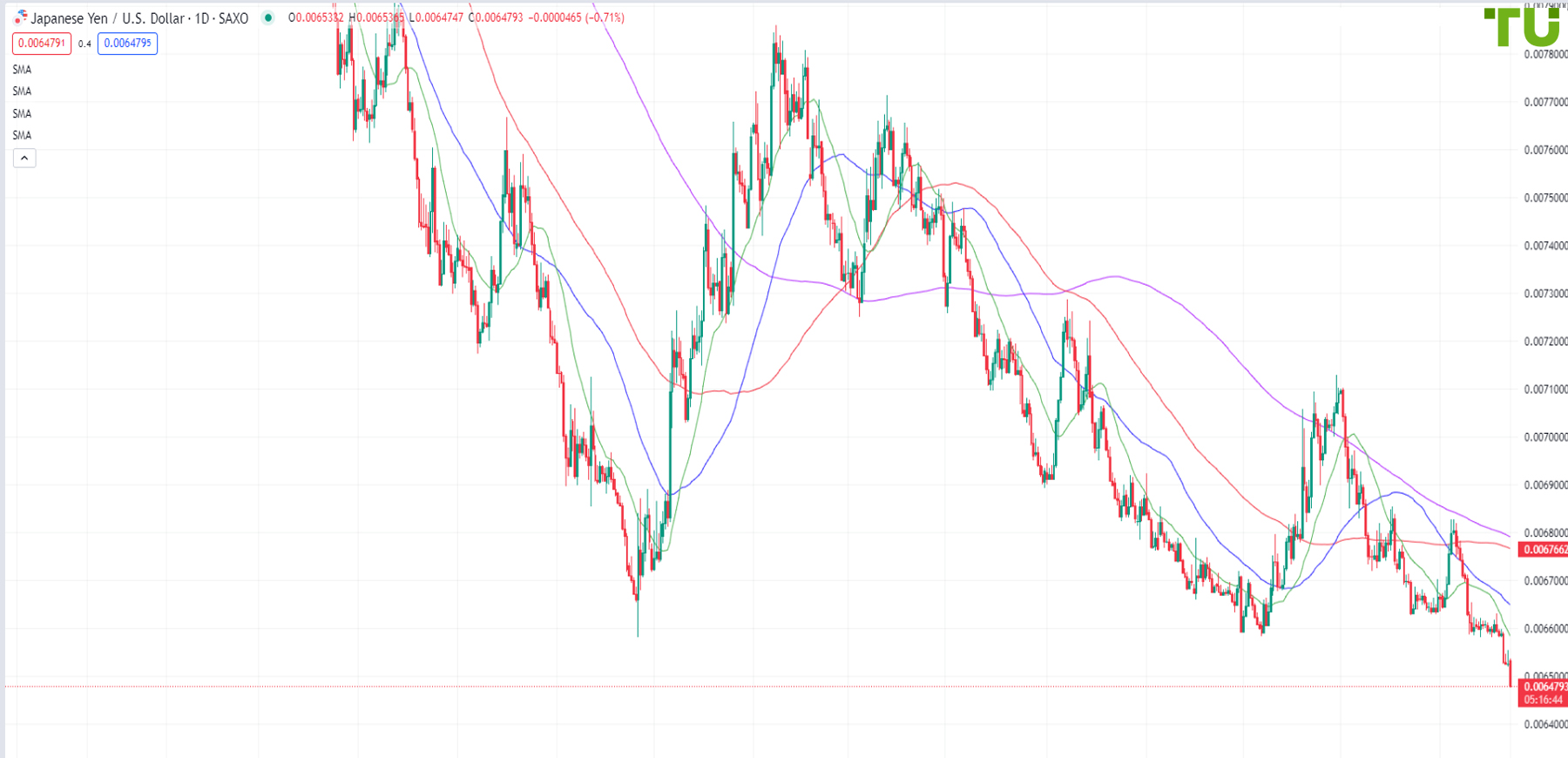Along with the above, the USD was again in demand, and most of its competitors closed the past week with a fall. The JPY further suffers from the interest rate differential and the Bank of Japan's reluctance to begin tightening monetary policy more actively, falling against the USD to fresh multi-year lows.
Its prospects remain extremely negative, and the USD breaking through strong resistance paired with it can accelerate its fall. But the JPY bears should not forget about the Bank of Japan, which at any time can intervene in order to stabilize the JPY exchange rate.
Schedule for this week:
Monday, April 15
15:30 (12:30 GMT) - USA. Retail Sales;
15:30 (12:30 GMT) - USA. NY Empire State Manufacturing Index.
Tuesday, April 16
05:00 (02:00 GMT) - PRC. Industrial Production;
05:00 (02:00 GMT) - PRC. GDP;
05:00 (02:00 GMT) - PRC. Retail Sales;
09:00 (06:00 GMT) – United Kingdom. Employment Change;
15:30 (12:30 GMT) - Canada. Consumer Price Index (CPI);
16:15 (13:15 GMT) – USA. Industrial Production;
20:00 (17:00 GMT) - United Kingdom. Bank of England Governor Andrew Bailey Speaks.
Wednesday, April 17
02:50 (23:50 GMT) - Japan. Trade Balance;
03:30 (00:30 GMT) - Singapore. Non-Oil Exports;
09:00 (06:00 GMT) – United Kingdom. Consumer Price Index (CPI);
11:00 (08:00 GMT) – South Africa. Consumer Price Index (CPI);
12:00 (09:00 GMT) - Eurozone. Consumer Price Index (CPI).
Thursday, April 18
04:30 (01:30 GMT) - Australia. Employment Change;
15:30 (12:30 GMT) - USA. Initial Jobless Claims.
Friday, April 19
02:30 (23:30 GMT) - Japan. Consumer Price Index (CPI);
09:00 (06:00 GMT) - Germany. Producer Price Index (PPI).

